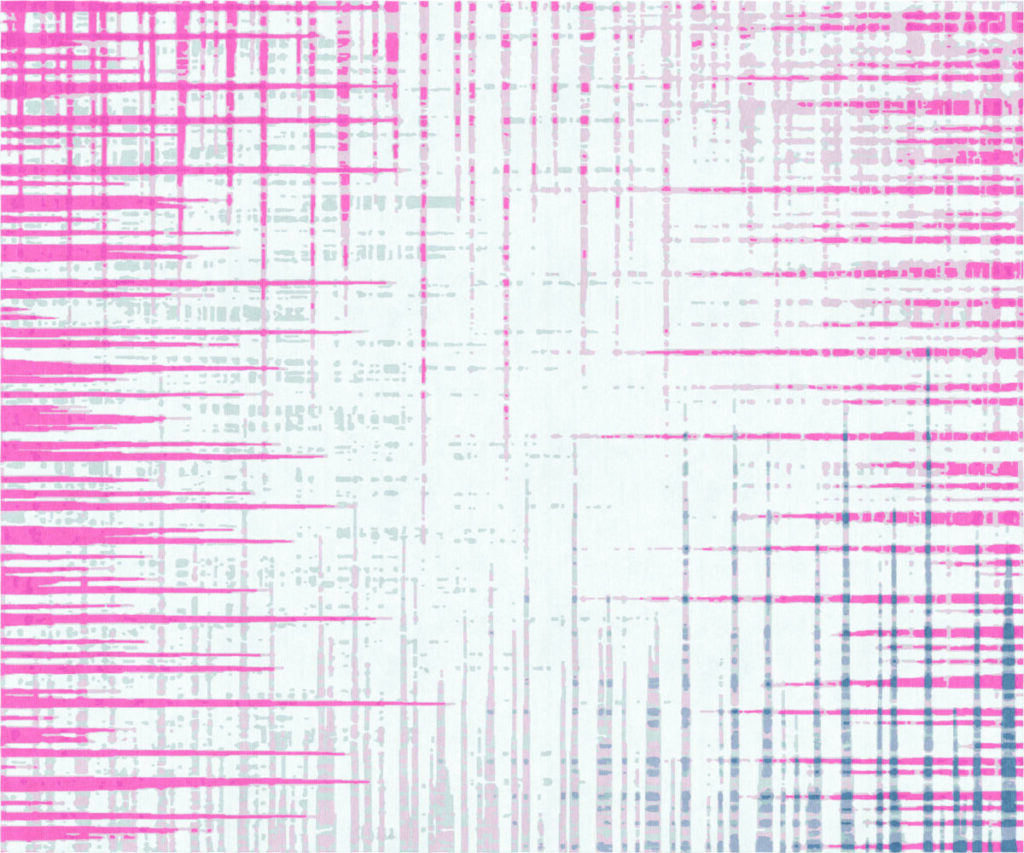
Peter Hens Brings Three Generations of Experience to Rug Design
Designer Peter Hens is the driving force behind HOC, a three generation, family business from Belgium, which has been manufacturing high quality, hand-knotted rugs since 1925. With a range of collections that run the gamut from minimalist to the more elaborate, the work is difficult to pigeonhole. Yet through it all, Hens’ commitment to high quality yarns and exclusive dying techniques, contribute to renowned carpets with a unique performance and a natural appearance. His work is currently on display at Weavers Art, and we caught up with Mr. Hens to learn more about his philosophy and approach to rug design and manufacturing.
Interview with Rug Designer Peter Hans
Harvey Kalles Real Estate: What makes a great rug?
Peter Hens: For me, a great rug is something that people want. But, when developing them, you have to bear in mind what rooms look like, you have to have experience with furniture, and you have to [blend] the expectations of the customers with design, flexibility, and quality of material. The rugs we create are inspirational but always based on being applied to future interiors. We don’t just create a piece of art which is beautiful in itself…it has to be something which can bring balance.
HK: How important is a rug to a room’s décor?
PH: It makes the connection between individual elements so that they’re linked, and gives the full interior an upgrade. But that’s a challenge. Making connections between a hardwood table and natural stone, or between modern style and antique. It’s like ying and yang. Making connections on a higher level.
HK: You manufacture in the Himalayas. Do the mountains inspire your designs?
PH: A lot of things inspire our designs. It’s coming from nature. It’s coming from traditional patterns that have been floating in my head from seeing so many Persian rugs. It can come from ripples in a pond, which I move around so that you can see different types of movement like in life, touching each other, merging, and bringing balance. Sometimes I wake up at night and work out seven or eight concepts. But the concept is easy. The difficult thing is bringing it to a graph that is flexible enough for custom work, resizing and colour changing.
HK: How would you describe HOC’s design sensibilities?
PH: We aren’t looking at what others are doing, so we are as original as we can be. We try to make them as open plan as possible, that they are very inviting.There is no border. And, in general, our rugs are always in balance…in pattern and in colour.
HK: What are consumers asking for as we approach 2020?
PH: Flexibility. Originality. As timeless as possible, because it’s not something which you change every three or four years. And something which moves them…but, like my arm which is part of my body, it’s a part of the interior, helping to bring the whole level up, and not just a piece of art that takes all attention. We sometimes have rugs which people love against the wall or place separately in an entryway. [These] need to have a “Picasso effect,” taking all the attention. But my personal feeling is that’s not what people want. It has to be discreet.
HK: What trends can we expect in the coming years?
PH: One big trend is the importance of originality…that you don’t see it around the corner. In Europe, there are many small businesses working in high end, niche markets and doing a great job. So instead of seeing many large companies, I think there will be more creative work, on a smaller scale, but actually becoming more beautiful.
Weavers Art Toronto
Michael Pourvakil, Weavers Art founder, has a long-standing relationship with HOC, offering their dynamic designs exclusively at his flagship showroom in Toronto’s Design District at 1400 Castlefield Avenue. For more information call 416.929.7929, visit www.weaversart.com, or swing by the Weavers Art booth at this weekend’s Interior Design Show.

